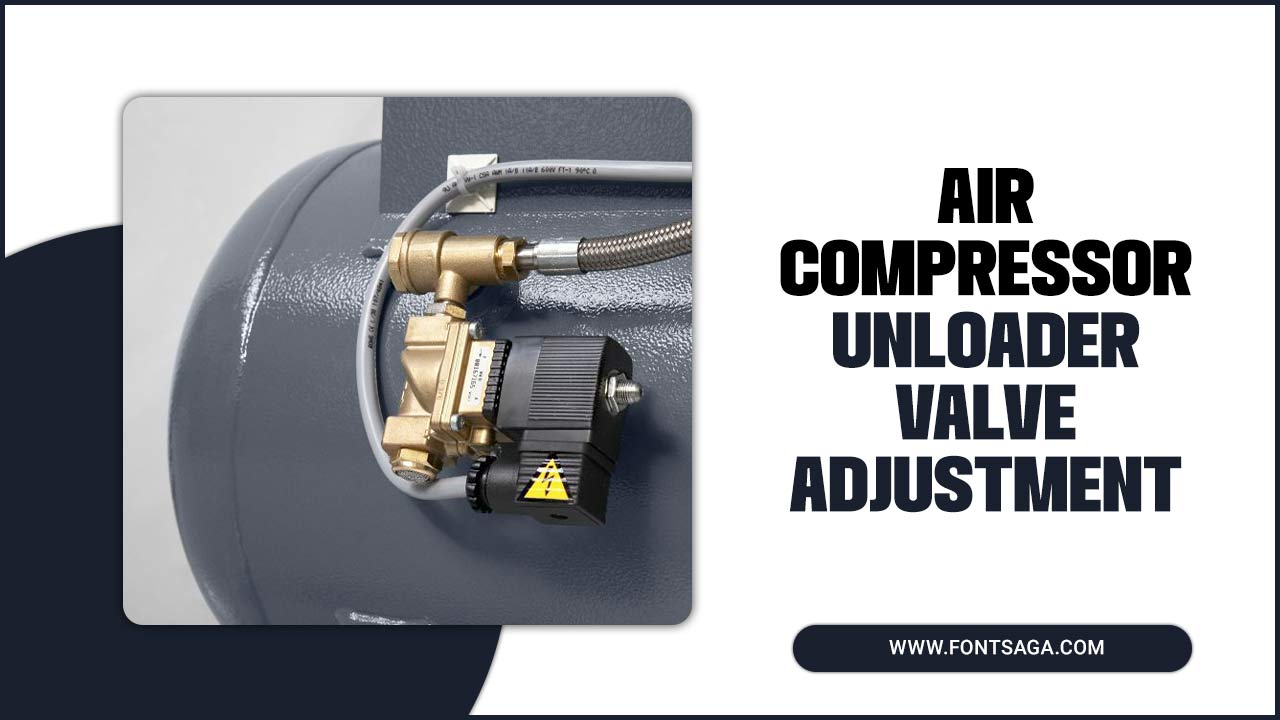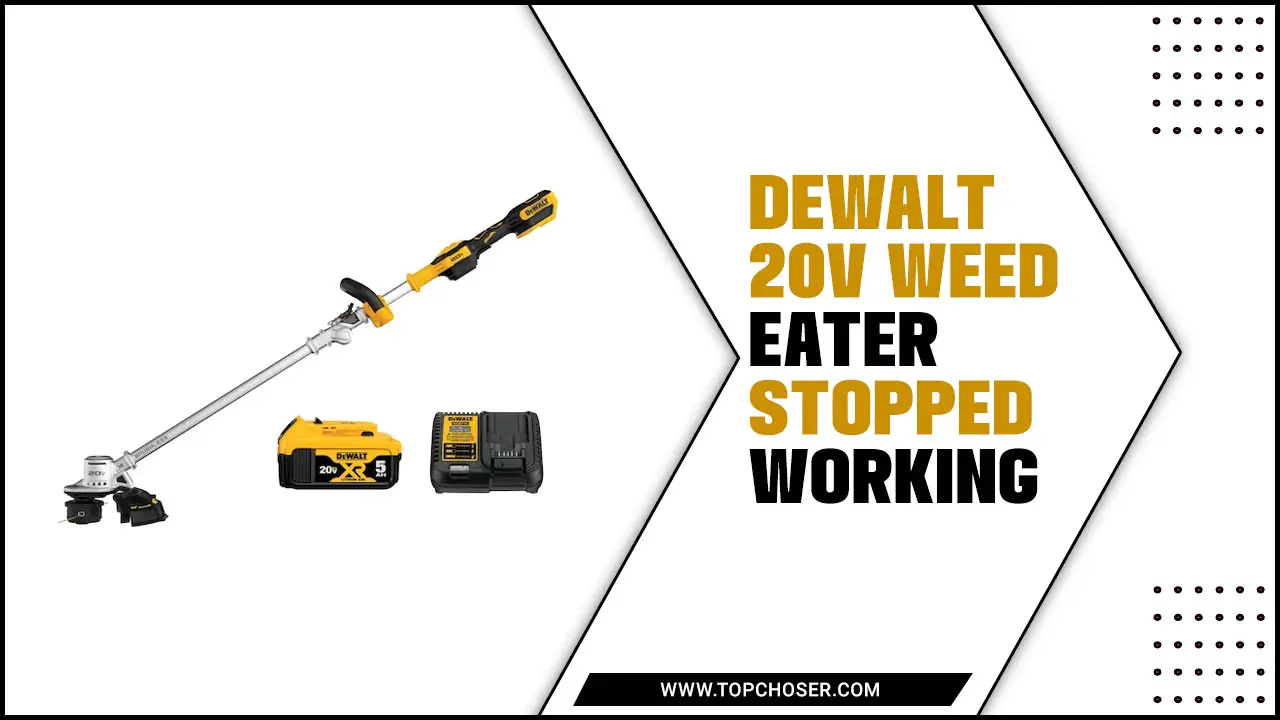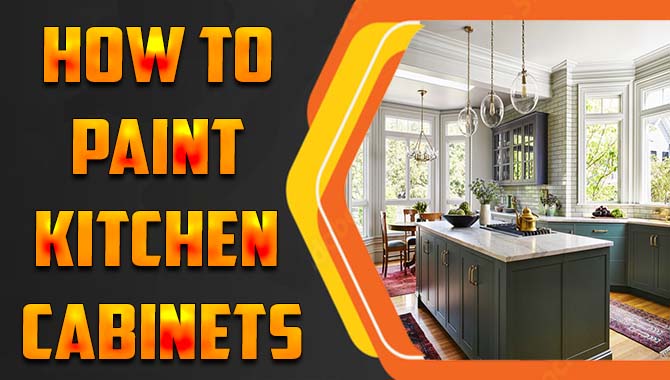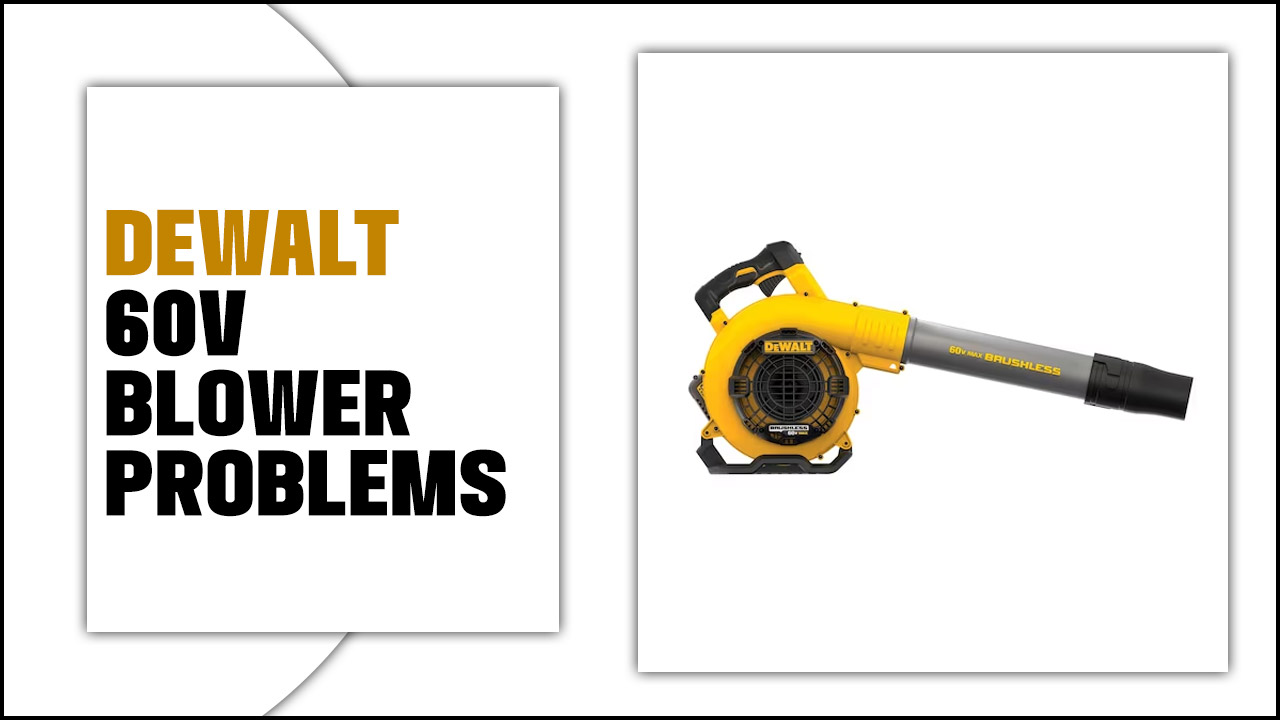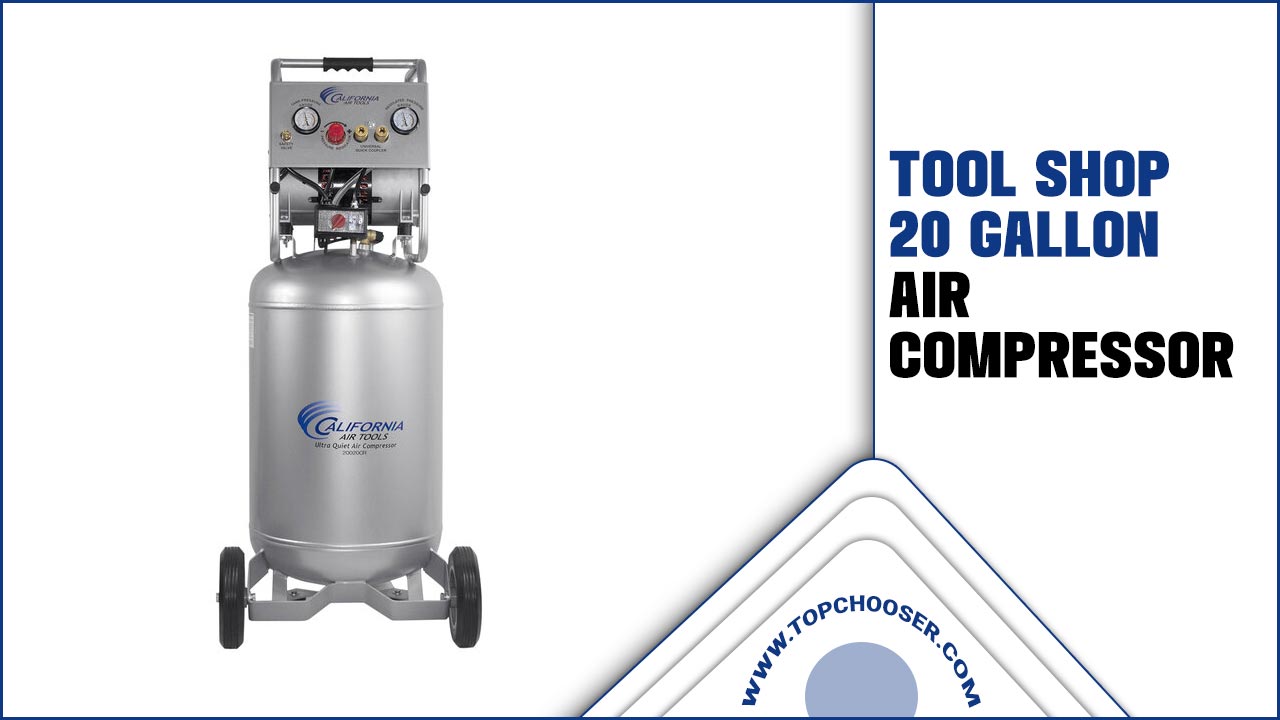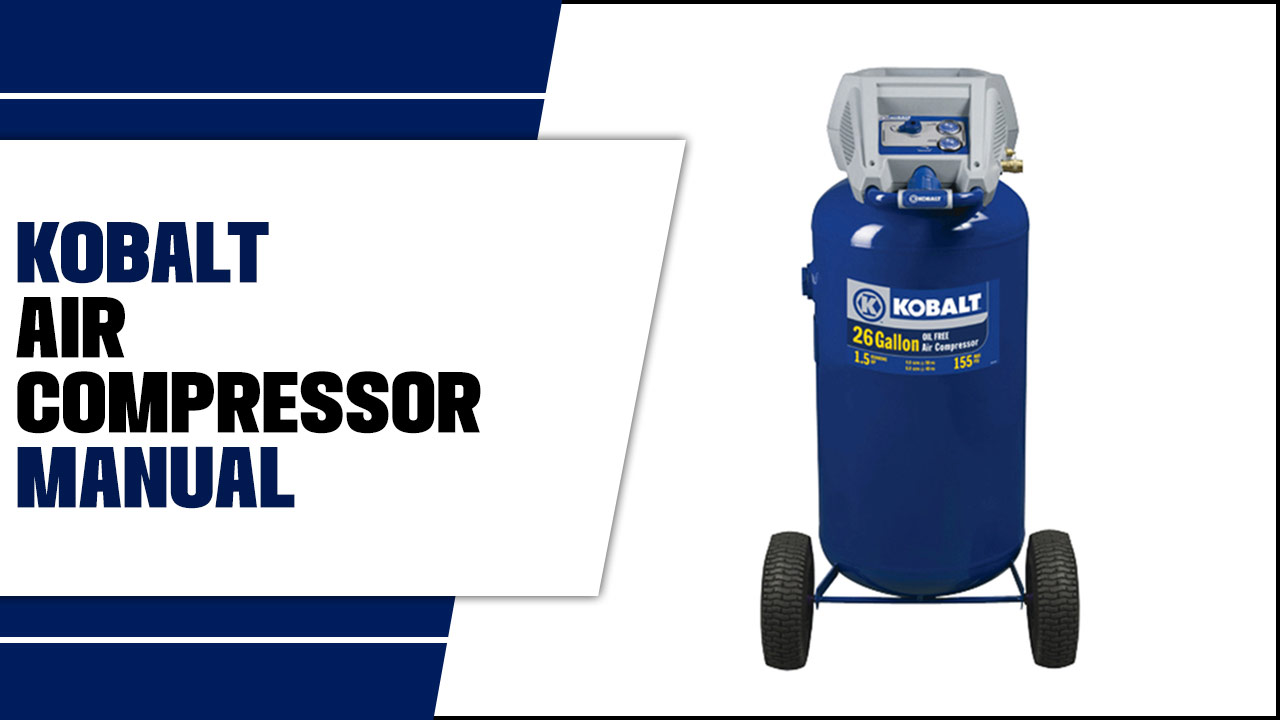Have you ever walked into a big warehouse or gym and wondered how they stay so bright? The answer often lies in high bay lighting. This type of lighting is perfect for spaces with high ceilings, like factories or large stores. It brings a lot of light to big areas.
Imagine trying to find your way in a dimly lit room filled with tall shelves. It’s hard, right? High bay lights help solve this problem. They not only brighten up the space but also improve safety and visibility.
Did you know that high bay lighting can save energy too? Many modern options use less power while giving off more light. This can lead to lower electricity bills, which is great news for businesses.
In the following article, we will explore what high bay lighting is and how it works. Get ready to learn about its benefits and why it might be just what you need for your space!
What Is High Bay Lighting: Understanding Its Benefits And Uses
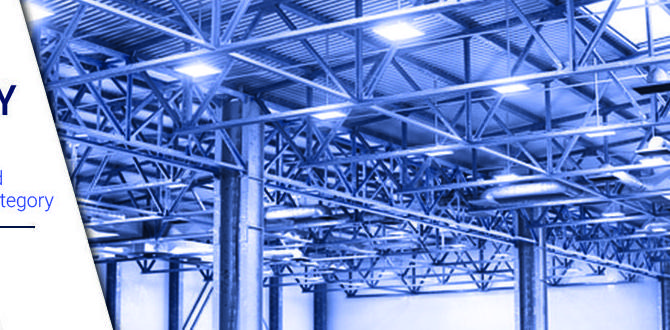
What is High Bay Lighting?
High bay lighting is a type of lighting design used for spaces with high ceilings, like warehouses or gymnasiums. These lights deliver bright, expansive illumination that helps workers see clearly and safely. Imagine walking into a large store with darkness lurking in the corners. High bay lights eliminate shadows, creating a well-lit area. They save energy, too, often using LEDs. So, if you want to brighten up large spaces efficiently, high bay lighting is the way to go!
Understanding High Bay Lighting
Definition and key characteristics. Differences between high bay and low bay lighting.
High bay lighting brightens large spaces like warehouses and gyms. It’s designed to hang higher than 12 feet. These lights shine brightly, spreading out glow to cover a big area. They’re perfect when you need to see your dance moves or spot a stray soccer ball!
Now, what’s the difference between high bay and low bay lighting? Think of high bay as the superhero in the sky, while low bay lights hang around 8 to 12 feet. Low bay lights are great for smaller areas like cozy garages or comfy shops. Here’s a quick comparison:
| Feature | High Bay Lighting | Low Bay Lighting |
|---|---|---|
| Height | Over 12 feet | 8 to 12 feet |
| Best For | Large spaces | Smaller areas |
| Light Output | Very bright | Moderately bright |
So if you’re lighting up a big area, go high bay. Otherwise, keep it low for those snug spots!
Common Applications of High Bay Lighting
Industrial settings and warehouses. Commercial spaces such as gyms and retail stores.
High bay lighting is very useful in many places. In industrial settings and warehouses, it helps workers see clearly to do their jobs. This type of light is bright and can shine from high ceilings, making large spaces feel safe and inviting. Commercial spaces, like gyms and retail stores, also use high bay lighting. It brightens up areas where people exercise or shop, creating a lively atmosphere. Everyone enjoys a well-lit space!
- Warehouses
- Distribution centers
- Gyms
- Retail stores
- Manufacturing plants
What are the benefits of high bay lighting?
This lighting saves energy and lasts longer than regular lights. It helps businesses save money on electricity bills, making it a smart choice for any space.
Types of High Bay Lighting Fixtures
LED high bay lights. Fluorescent high bay lights. Metal halide high bay lights.
High bay lighting comes in different types. Each type has its own special features. Here are the most common types:
- LED high bay lights: These are energy-efficient and last long. They save money on electricity.
- Fluorescent high bay lights: They are bright and used in many warehouses. They are cheaper to buy but need replacement more often.
- Metal halide high bay lights: These lights shine brightly and are great for large spaces. They take a little longer to turn on.
What are the most popular types of high bay lighting?
LED, fluorescent, and metal halide lights are the most common types of high bay lighting. Each has its own benefits based on energy use and brightness.
Benefits of High Bay Lighting
Energy efficiency and cost savings. Improved visibility and safety.
High bay lighting is a true superstar in big spaces! It shines bright and saves energy like a champion. These lights use less power, which means lower bills. Less electricity? More money for ice cream! Studies show that switching to high bay lights can cut energy costs by up to 60%. With better brightness, workers see clearly and work safely, reducing accidents. Everyone likes to work in a well-lit area, including those who trip over their shoelaces!
| Feature | Benefit |
|---|---|
| Energy Efficiency | Saves up to 60% on bills! |
| Improved Visibility | Reduces workplace accidents. |
Factors to Consider When Choosing High Bay Lighting
Ceiling height and lighting layout. Lumen output and color temperature.
Choosing the right high bay lighting can be tricky but fun! First, think about the ceiling height. If your ceiling is super high, you’ll need brighter lights. Consider the lighting layout too. This helps spread the light evenly across the space. Next, check the lumen output. More lumens mean brighter light! Lastly, pick a color temperature. Warm lights are cozy, while cool lights keep things lively. Ready to light up your space? Let’s go!
| Aspect | Recommendation |
|---|---|
| Ceiling Height | Higher ceilings need brighter lights |
| Lighting Layout | Ensure even light spread |
| Lumen Output | Choose more lumens for brightness |
| Color Temperature | Warm for cozy, cool for lively |
Installation and Maintenance of High Bay Lighting
Best practices for installation. Maintenance tips for longevity.
Installing high bay lighting can be as easy as pie, especially if you follow some simple steps. First, make sure to choose a spot with enough height, so the lights shine bright like a star (but not too bright that they blind you!). Use sturdy brackets for support and connect wires carefully. Check the local codes to avoid any trouble.
For maintenance, keep it light—literally! Dust and clean those bulbs regularly to ensure they shine. Inspect the fixtures and cables to catch any hiccups before they become big problems. Remember, a little TLC can extend the life of your lights and keep your space looking sharp!
| Best Practices for Installation | Maintenance Tips for Longevity |
|---|---|
| Choose the right height | Regularly clean fixtures |
| Use sturdy brackets | Inspect cables and fixtures |
| Follow local codes | Replace burnt-out bulbs quickly |
Trends in High Bay Lighting Technology
Smart lighting solutions. Advances in energy efficiency standards.
The future of high bay lighting is bright and tech-savvy! One big trend is smart lighting solutions. These lights can adjust based on the space and activity. Imagine lights that turn on when you walk in—no more fumbling for switches!
Energy efficiency is also improving quite a bit. New standards mean that lights are using less power while shining brighter. This not only saves money but also helps our planet. According to recent studies, energy-efficient lights can reduce energy costs by up to 75%. Now that’s some serious savings!
| Trend | Benefit |
|---|---|
| Smart Lighting | Adjusts automatically |
| Energy Efficiency | Saves costs and energy |
| Longer Lifespan | Less frequent replacements |
Comparing High Bay Lighting to Other Lighting Solutions
High bay vs. low bay vs. floodlights. Pros and cons of each type.
Choosing the right lighting can be tricky. High bay lighting shines bright from high ceilings, making it perfect for large spaces. Low bay lighting works better for shorter ceilings. Floodlights provide strong, wide beams. Here’s a quick comparison:
- High Bay Lighting: Great for warehouses. Pros: bright and saves energy. Cons: needs high ceilings.
- Low Bay Lighting: Best for garages and stores. Pros: efficient and easy to install. Cons: less suitable for big areas.
- Floodlights: Ideal for outdoor spaces. Pros: powerful and covers large areas. Cons: may use more energy.
Each type has its strengths and weaknesses. Knowing these can help you make better choices for your space!
What are the benefits of high bay lighting?
High bay lighting is efficient and can save you money on energy bills. It lights up big areas well, and you can find it in many designs and styles!
Cost Analysis of High Bay Lighting
Initial investment vs. longterm savings. Factors influencing pricing.
Thinking about high bay lighting? Let’s break down the costs! Initially, you may spend more, but long-term savings can really shine bright. High bay lights save energy, meaning lower electricity bills. However, factors like brand, bulb type, and installation can affect prices. Nothing worse than spending a fortune on lights that flicker like disco balls! Here’s a quick look at some key points:
| Cost Factors | Initial Cost | Potential Savings |
|---|---|---|
| LED Bulbs | Higher | Up to 75% |
| Installation | Medium | N/A |
| Maintenance | Low | Less frequent changes |
Choose wisely, and your wallet will thank you later! Trust me, your pocket won’t miss those shiny pennies.
FAQs About High Bay Lighting
Common misconceptions. Questions to ask when purchasing high bay fixtures.
Many people think high bay lighting is only for warehouses. In reality, it can brighten up many big spaces, like gymnasiums and factories. Before buying, consider these important questions:
What should you ask when buying high bay fixtures?
- What is the ceiling height? Know how high your ceiling is to pick the right lights.
- What type of bulbs are used? Options include LED, metal halide, and fluorescent.
- How much light do I need? Measure the space to ensure proper brightness.
- What is the energy efficiency? Energy-saving lights can lower electric bills.
Understanding these points will help you make the best choice for your space!
Conclusion
In conclusion, high bay lighting brightens large spaces like warehouses and gyms. It uses powerful bulbs to illuminate high ceilings effectively. You can choose from LED or fluorescent options for energy savings. If you’re considering high bay lighting, explore more about its benefits and installation tips. Brighten your space and energy efficiency today!
FAQs
What Are The Key Features And Benefits Of High Bay Lighting Compared To Traditional Lighting Solutions?
High bay lighting is bright and powerful. It helps us see clearly in big spaces like warehouses. Compared to regular lights, high bay lights use less energy, which saves money. They last longer too, so we don’t have to change them often. This means we enjoy better light and lower bills!
In What Types Of Environments Or Applications Is High Bay Lighting Most Commonly Used?
High bay lighting is used in places with tall ceilings. You often find it in warehouses, factories, and gymnasiums. These lights help us see better when we work or play. They make big, open areas bright and safe. You can also see them in big shops and auditoriums.
How Do You Determine The Appropriate Height And Type Of High Bay Light For A Specific Space?
To find the right high bay light, first, measure how high your ceiling is. If it’s really high, you need brighter lights. Next, think about what you do in the space. For working areas, choose lights that help you see well. Finally, pick a type of light that matches the mood or feel you want.
What Energy-Efficient Options Are Available For High Bay Lighting, And How Do They Impact Cost Savings?
You can use LED lights for high bay lighting. They use less electricity than regular lights, which saves you money. Also, LEDs last much longer, so you won’t buy new bulbs often. This means lower bills and fewer trips to the store. Overall, using LED lights is smart for your wallet!
What Are The Typical Installation And Maintenance Considerations For High Bay Lighting Systems?
When we install high bay lights, we need to think about how high the ceiling is. We should also check where the lights will shine to cover the whole area. For maintenance, we need to change bulbs when they burn out and clean the lights regularly. This keeps everything bright and safe. It’s good to have a plan for checking the lights to make sure they work well.

